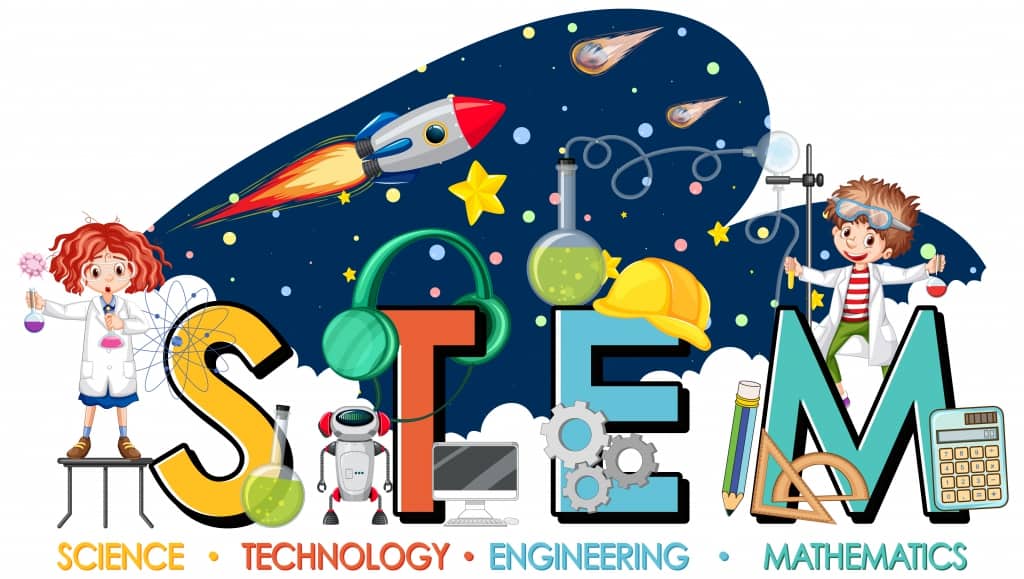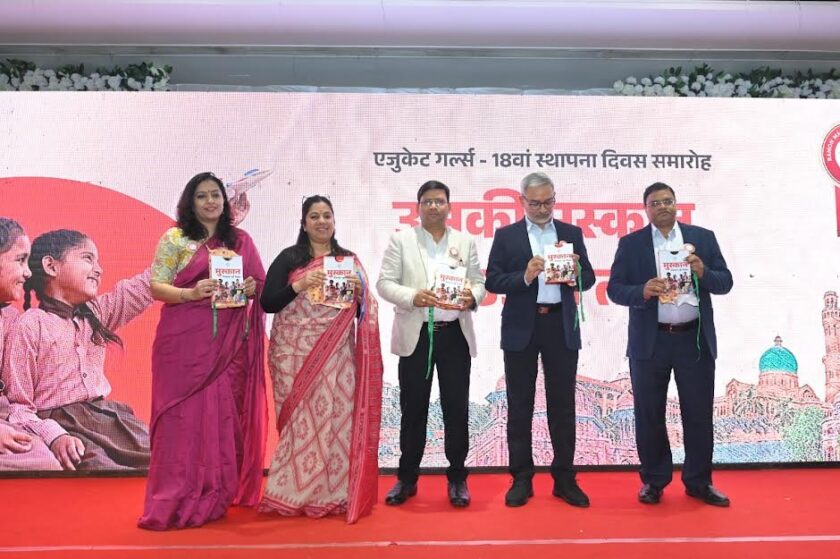NEW DELHI – A quiet revolution is underway in India’s classrooms, with a growing number of teenagers opting for the Arts stream after Class 10, signaling a decisive shift in career preferences. While this trend challenges the traditional dominance of Science, Technology, Engineering, and Mathematics (STEM), it highlights a crucial disconnect with an employment ecosystem that remains largely biased toward technical skills.
According to a report from the Ministry of Education, the number of students selecting Arts increased significantly over the last decade, rising from approximately 30.9 lakh in 2012 to nearly 40 lakh in 2022. Once considered a fallback option for students who couldn’t qualify for Science or Commerce, the Humanities stream is now a conscious choice for thousands pursuing fields like psychology, law, media, and design.
The Generational Shift: Awareness and Aspiration
Career counselors note that this change is driven by greater awareness and accessibility. The rise of social media and modern universities has shown students that success isn’t confined to a lab coat. Today’s students are more familiar with diverse careers—from psychologists and filmmakers to communication strategists—and see them as financially viable.
The COVID-19 pandemic also blurred the lines between stable and volatile jobs, prompting parents to rethink the “safety formula” of science-only careers. Furthermore, the explosion of liberal arts colleges has lent a prestigious makeover to humanities education.
The Post-Arts Career Map
After Class 12, Arts graduates are increasingly moving into:
-
Core Humanities: Psychology, Law, Mass Communication, Design, International Relations, and English Literature.
-
Civil Services: Many are immediately joining preparations for the UPSC exam, which remains a “holy grail” for humanities students.
-
Digital Fields: Content creation, influencer marketing, brand strategy, and UX research—areas that heavily rely on creativity and emotional intelligence.
STEM Still Dominates the Ecosystem

Despite the Arts surge, India’s education and employment ecosystem remains heavily skewed towards science.
-
Entrance Exams: Prestigious exams like JEE (Engineering) and NEET (Medical) still receive over 30 lakh applicants annually.
-
Economic Bias: Engineering, medicine, and management continue to define “success” in most middle-class Indian families.
-
Recruitment Gap: A recent TeamLease survey revealed that STEM graduates secure nearly 70% of campus placements in top companies, reflecting the economy’s bias for technical skills.
Experts argue that Arts graduates often pivot toward MBA admissions (via CAT) because the recruitment and salary ecosystem is far more established in management.
New Roads, Old Perceptions
Nonetheless, Humanities graduates are subtly changing India’s professional landscape by entering new domains like public policy, social entrepreneurship, climate communication, and behavioral design—fields that barely existed a decade ago. Recruiters in consulting, ed-tech, and sustainability value the critical thinking and empathy skills that Arts training provides, skills that are difficult for AI to replicate.
The ultimate challenge remains the misalignment between educational choices and national prestige. As long as top-tier aspirations are defined by institutions like the IITs, AIIMS, and IIMs, the Arts boom will remain more cultural than economic.
As Dr. Vijay Garg notes, “India’s Gen Z is writing a new script… Arts stream is no longer the backup plan; it is the foundation for flexible, purpose-driven careers.” For this boom to translate into equal opportunity, policymakers and employers must evolve, recognizing that the future belongs to those who can integrate both the sciences and the humanities.





